Having collaborated with Elle Vietnam magazine for the last 9 years, Dzung Yoko is a household name in fashion. As a creative director, he is known for editorial works that carry both his artistic imprint and commercial awareness. But his role is not limited to sketching ideas on paper. In recent photoshoots, the credit line “Art & photo by Dzung Yoko” is often included. After the first few attempts at making his own images, the camera has now become an integral part of his creative practice. Below, Dzung Yoko offers insights into fashion photography – an industry that calls for passion and perseverance underneath the glamor.
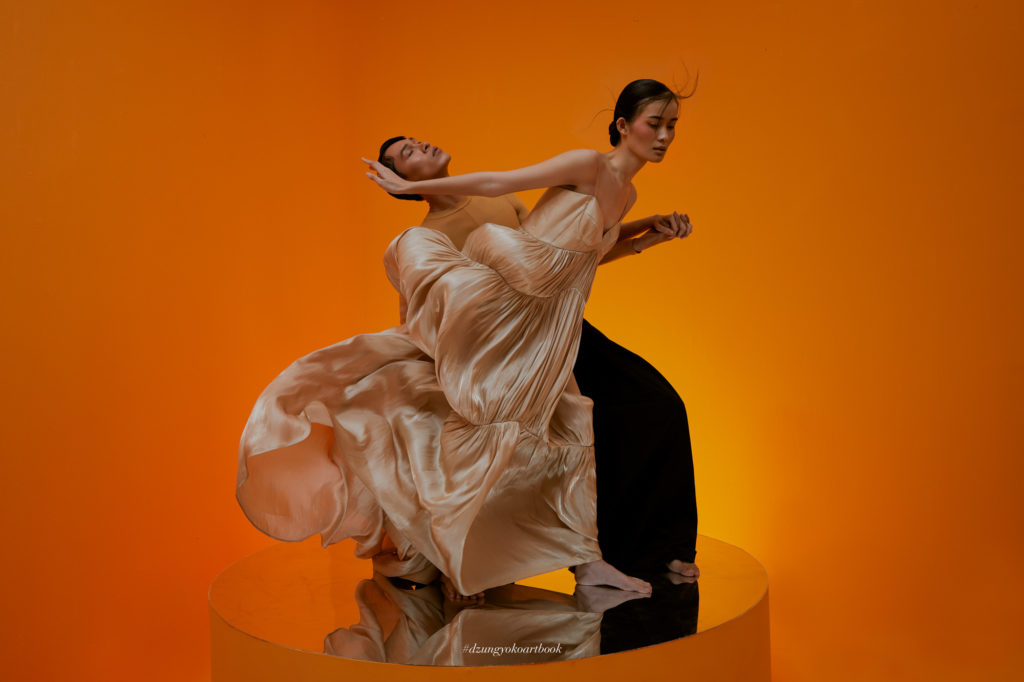
For the uninitiated, can you give a brief idea of how you kickstarted your career in fashion, particularly fashion media?
I started university in the early 90s; back then, Vietnam was slowly opening up and fashion was a very novel field. I did not have the chance to pursue a formal education despite my keen interest in fashion. I ended up studying architecture, graduating at the top of my class, but eventually not following this career as it was not my passion.
When I was working as a graphic designer, I took charge of coming up with concepts and styling in many projects, and once even had the outfits tailored for a photoshoot. People from Elle Vietnam magazine took notice of the strong sense of fashion in my design works. Nine years ago, at the age of 34, I received their invitation to work with Elle. I am still thanking them till this day, as without them, I would probably still be searching everywhere for a path of my own.
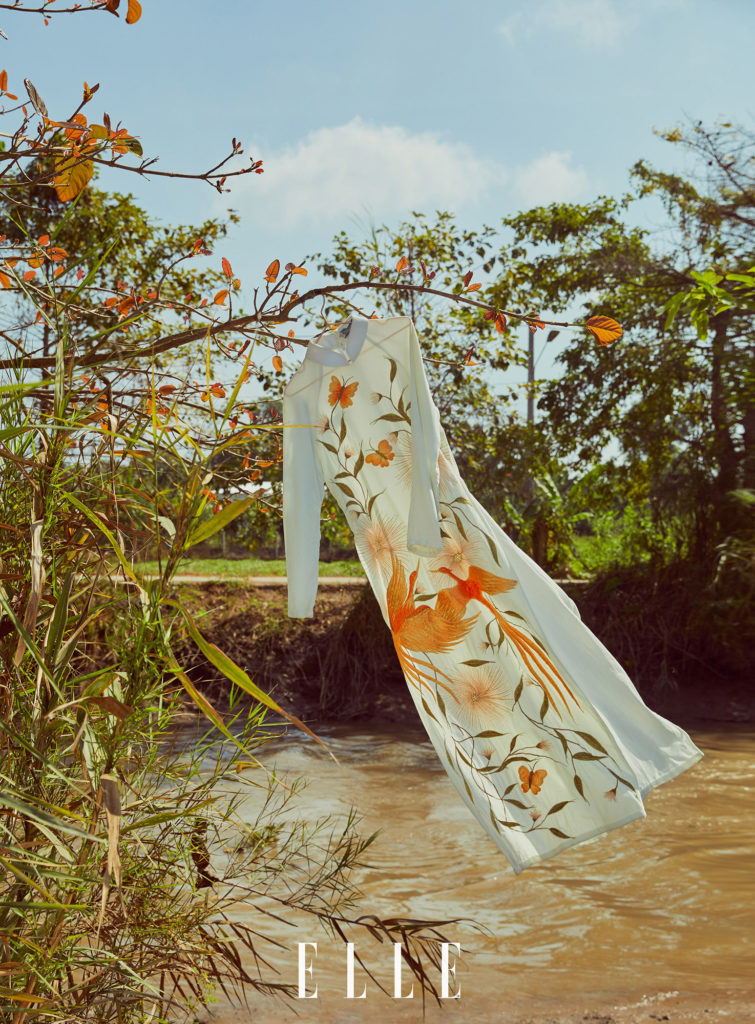
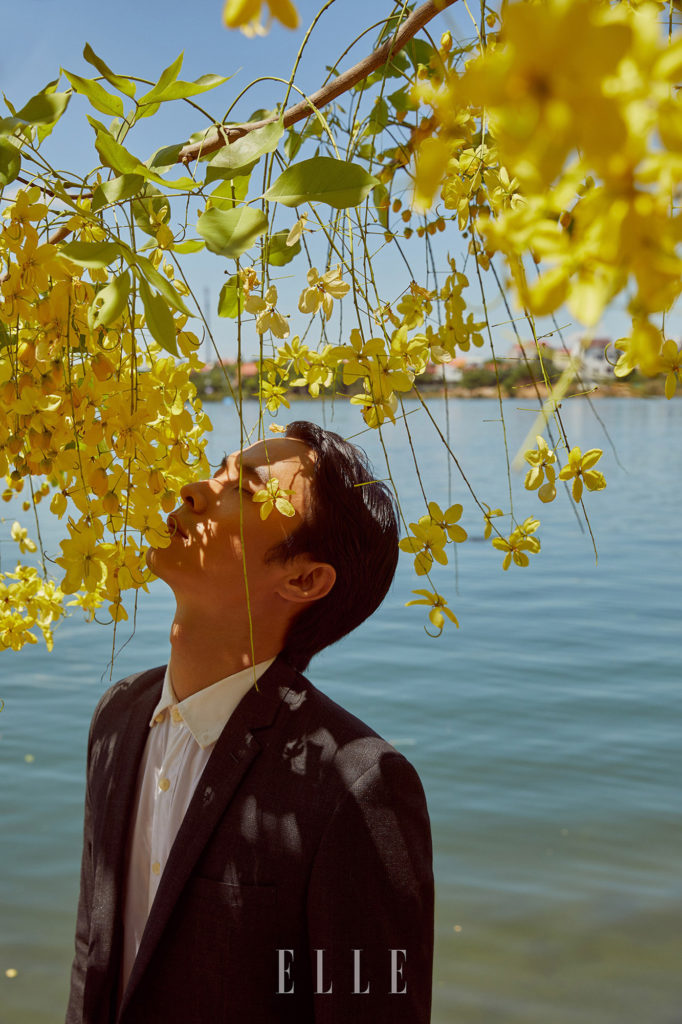
Does your background in architecture influence your photography? If yes, how?
I love working in the studio. To me, it is like a blank page full of possibilities. With the habit of sketching by hand since my university days, I have a good grasp of visual elements such as shapes, proportions, and colors, thereby being able to transform the studio into a particular scene.
The background knowledge in architecture also allows me to have an overview. When shooting outdoors, I tend to choose places with a beautiful landscape or architectural design. To me, fashion photography does not simply display the outfit but brings together various components such as concept, set design, styling, makeup, etc.
Can you talk about the switch from a creative director to a photographer?
I don’t consider myself a professional photographer. I’m a creative who uses photography to visualize my works. In my photographs, perhaps what fascinates the audience is the idea and storytelling rather than some classic camera angle or sophisticated lighting.
As techniques are not my forte, I had a hard time picking things up at first. But at this point, pursuing photography is arguably the best decision in my life. It has broken all the rules I have set for my workflow, spurring creativity and unexpected joy. When standing directly behind the camera, I can create right on set, channeling whatever emotion present at that moment. I can leave aside worries and woes to fixate all of my energy on one thing. There is truly nothing more beautiful than seeing one’s imagination materialize in the real world.
The question of balance has weighed heavily on generations of creatives. In developed industries, it is not rare to see international fashion brands launch groundbreaking campaigns that prioritize the creative idea over product details. Whereas in Vietnam, most brands are still concerned with commercial factors. But if creatives only serve their clients’ needs, chances are most works will come out somewhat similar and uninspiring.
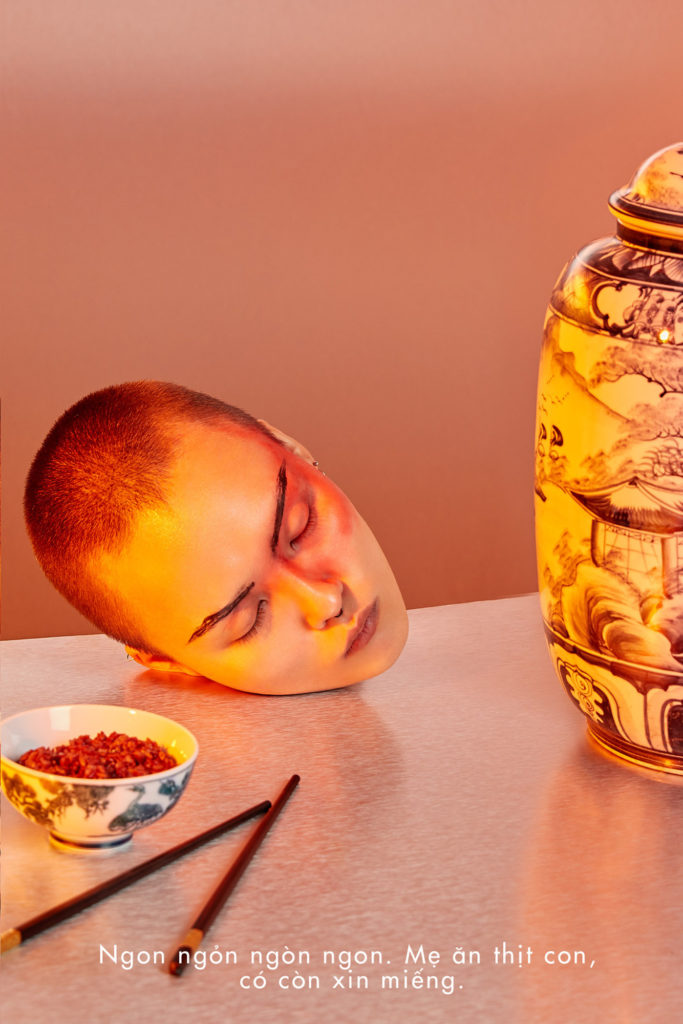
Have you ever found it difficult to balance art and commerce?
It is true that “earning a living is no joke for poets”. The question of balance has weighed heavily on generations of creatives. In developed industries, it is not rare to see international fashion brands launch groundbreaking campaigns that prioritize the creative idea over product details. Whereas in Vietnam, most brands are still concerned with commercial factors. But if creatives only serve their clients’ needs, chances are most works will come out somewhat similar and uninspiring.
As a trendy field, fashion photography attracts a lot of young people, some intending to find fame and fortune. What’s your take on this?
Certain people turn to fashion photography for quick fame. But to last long in this cut-throat industry, first and foremost, you have to love what you do. From the folds on the cloth, the movements of the dress to the model’s pose, if what you shoot doesn’t fascinate you, it is impossible to create works that extend beyond the surface.

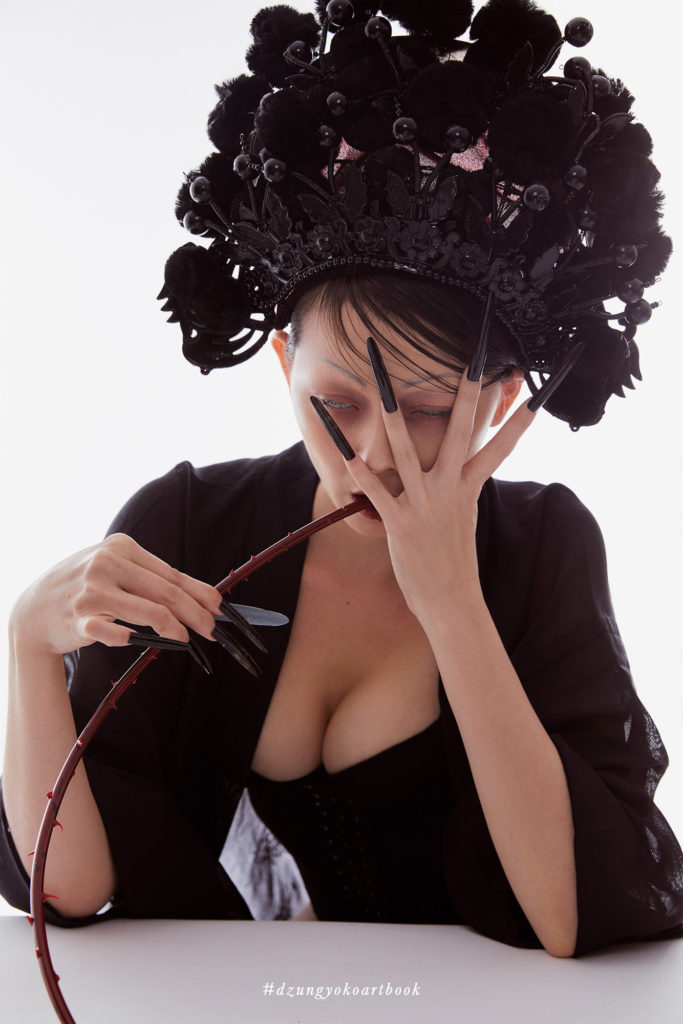
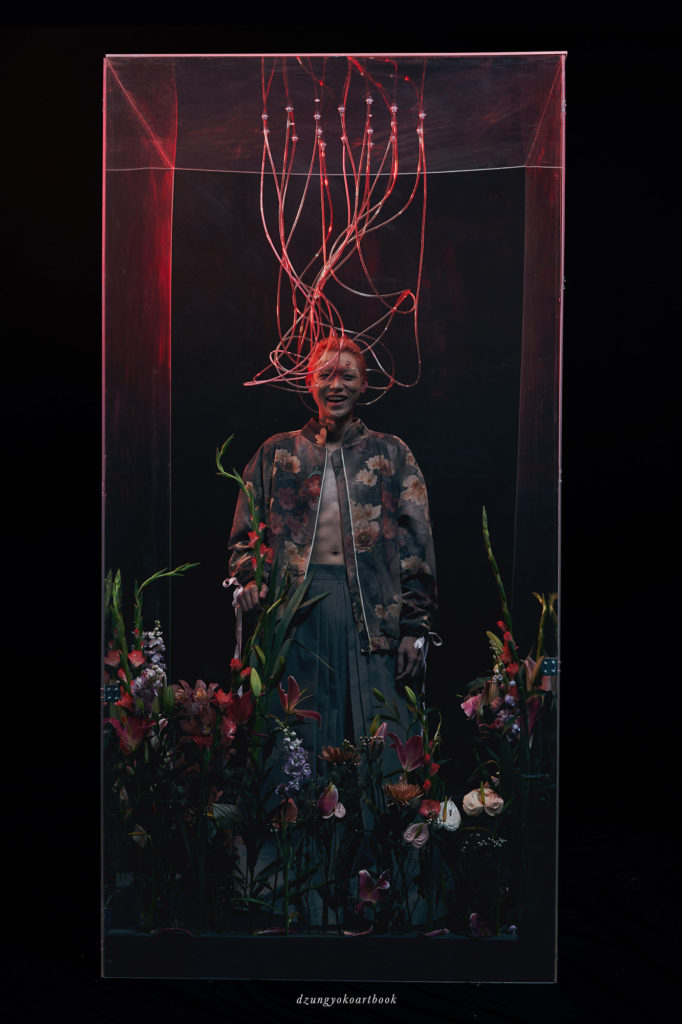
Fashion photos now end up looking the same because many are occupied with seeking external influence and ignoring what’s inside. But fashion photography itself is a broad category. You can glamorize stunning gowns or come up with avant-garde, experimental compositions. I am inclined towards the conceptual and aesthetic. Recently, I have been featuring Vietnamese culture and Asian culture at large in my work. One’s signature style is shaped by personal experience and can never be found overnight or bought with money.
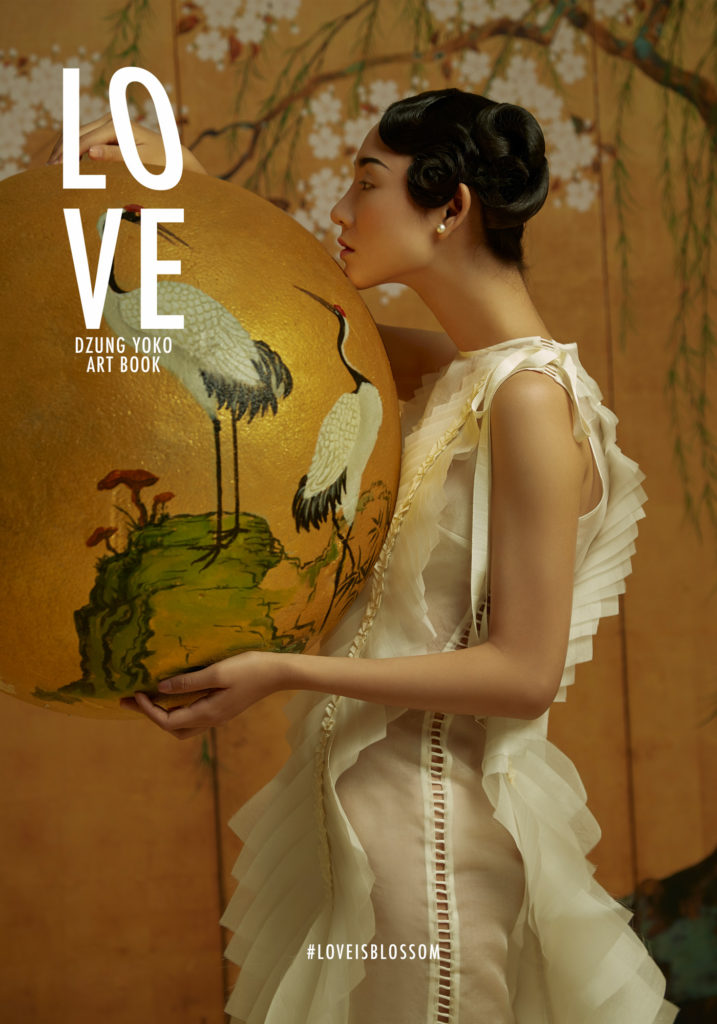
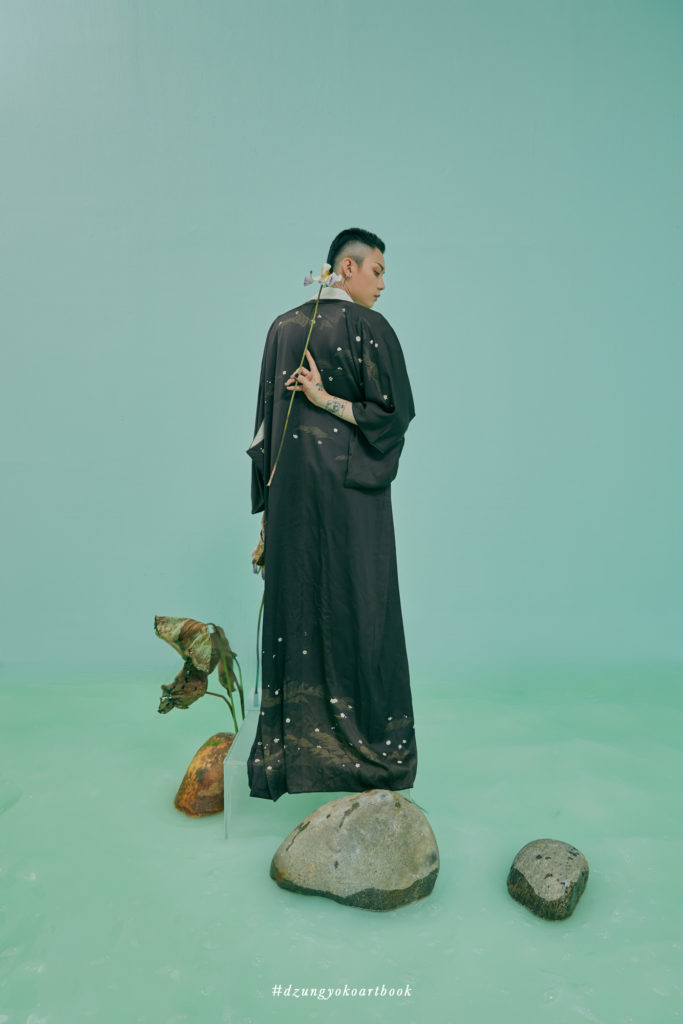
Is your publication Dzung Yoko Artbook where you showcase your own path?
Being an avid book and magazine collector myself, I want to contribute to promoting the book culture and bring inspiration by presenting the work on paper. But the bigger reason behind this publication is the desire for a level playing field with no commercial competition for emerging professionals in the local fashion industry. When working on these books, I have had the opportunity to collaborate with passionate individuals, including models, makeup artists, stylists and designers, in a scene where fashion, specifically art-oriented fashion, is yet to receive proper attention and support.
I always believe that in Vietnam, we don’t lack talented people capable of making high-quality products, but we choose to chase after other values instead. I want to go against the grain and have luckily found my own community.
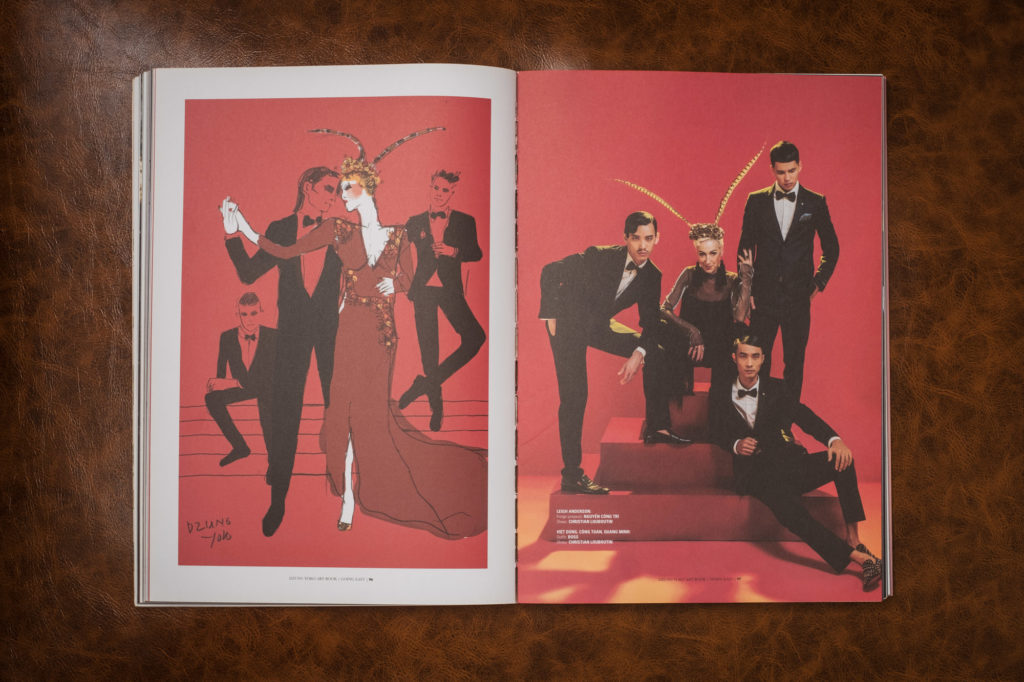
You often mention emotions. What role do they play in your work?
Some believe that a beautiful photo requires chunky equipment or a grandiose set design. Art does involve technique but it should not be an essential prerequisite. Following a recipe, the result might be picture-perfect but the story will feel forced and lackluster. You can’t fool the audience, they will see right through it.
On the other hand, during my early days of practicing photography, there are times when I even plan to leave right in the middle of a shoot due to intense pressure. While emotions are needed for creativity, being overly sensitive has made me insecure and miserable in my everyday life. Not able to change my mentality, I can only focus on my work and hope that it would set me free.
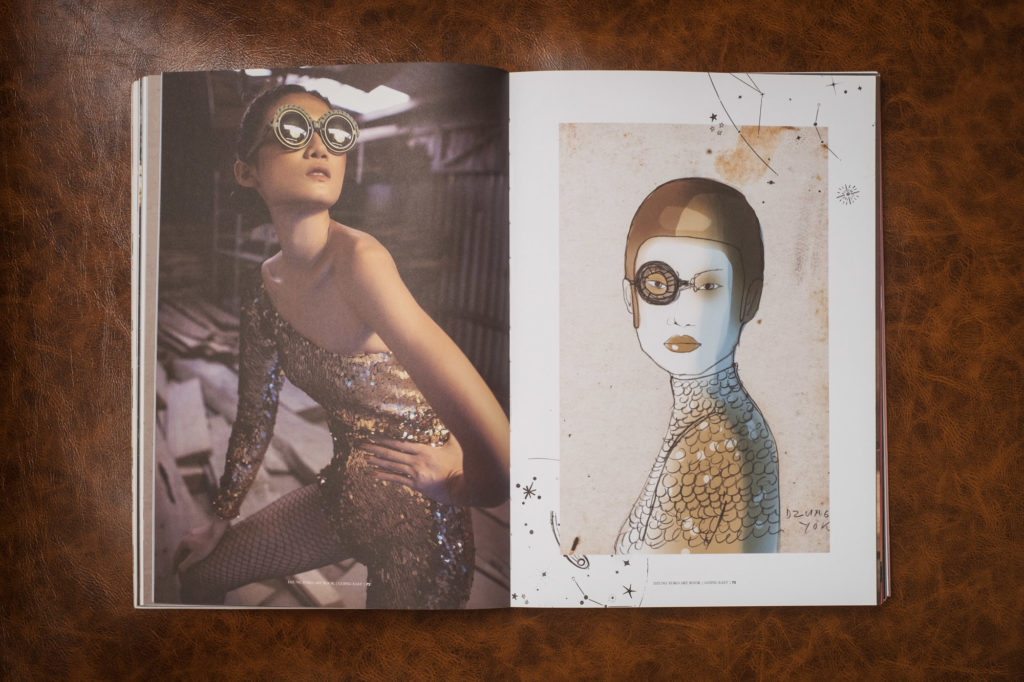
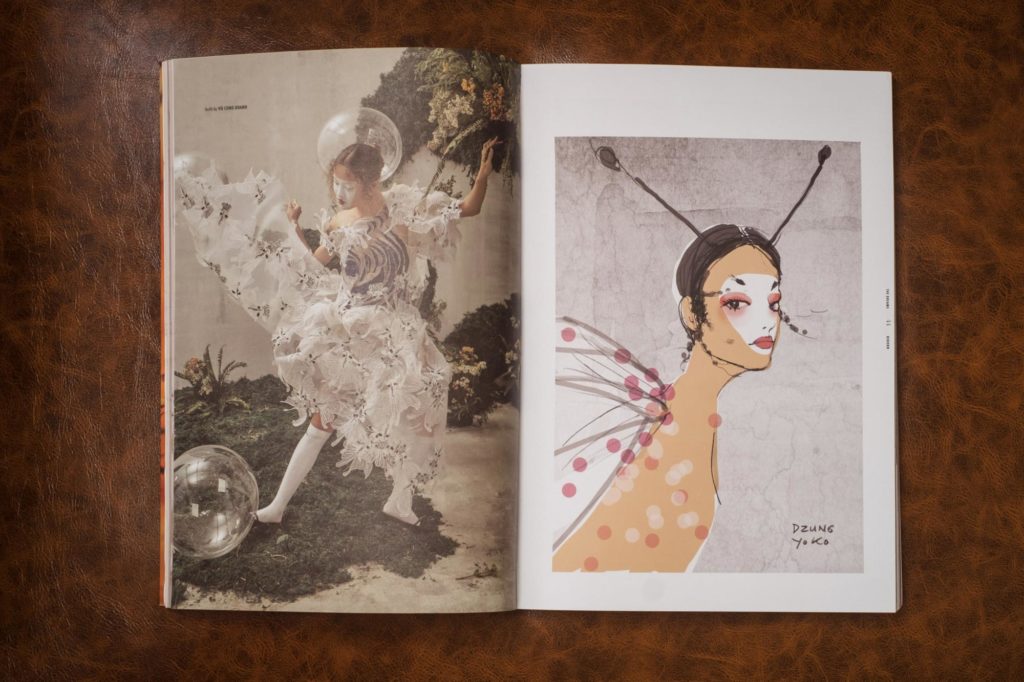
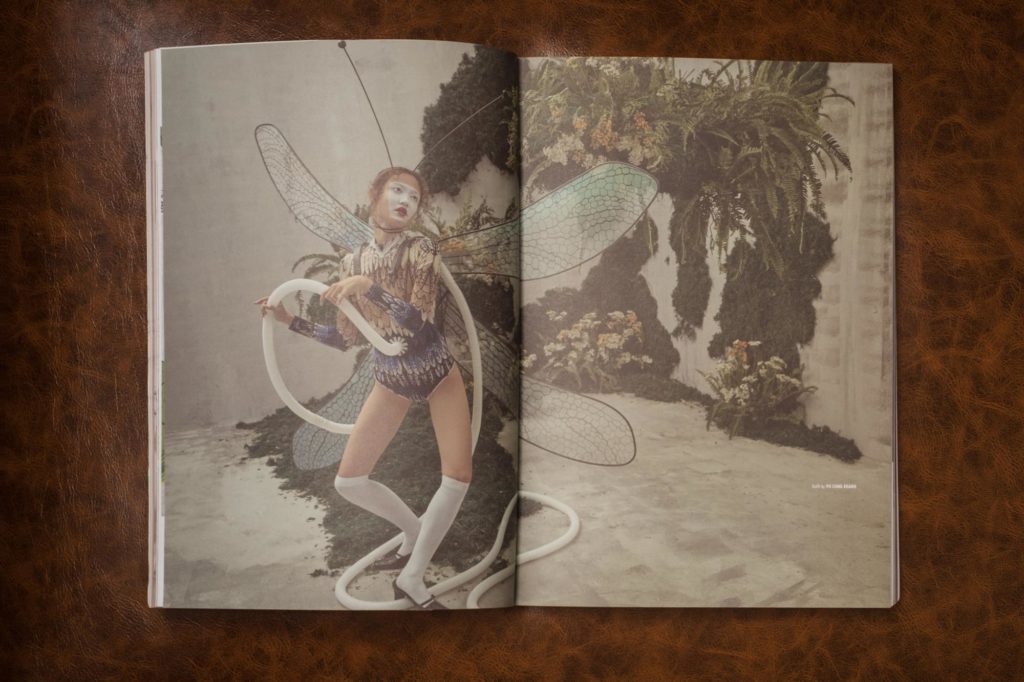
Graduated with top honor from the University of Architecture in 1998, Dzung Yoko has been known as one of the leading visual creators in Vietnam with award-winning music album cover designs for the country’s top-notch artists. He has held the position of Creative Director of important international fashion titles in Vietnam such as Elle and L’officiel. His signature is the skill of developing sketches that help bringing ideas into vision and final aspiring images.
